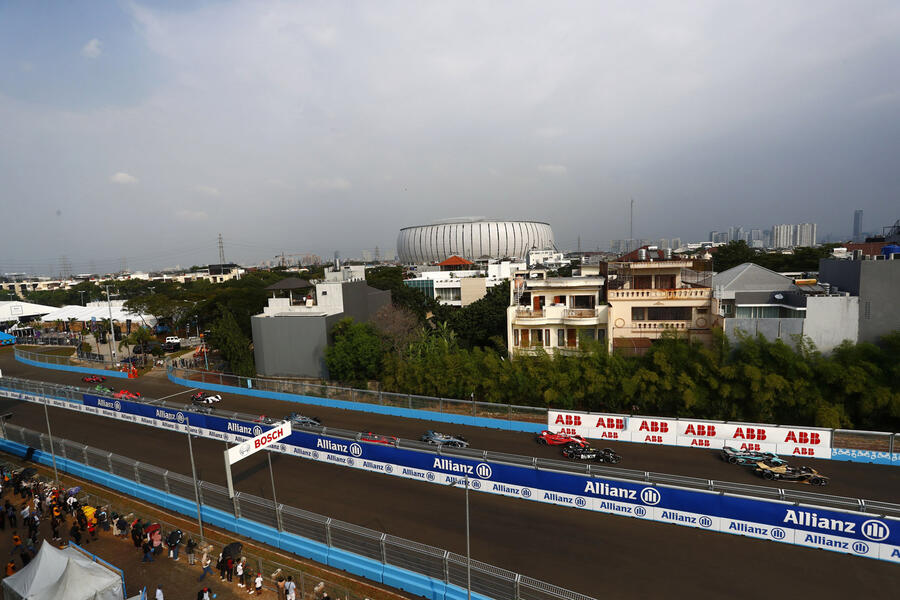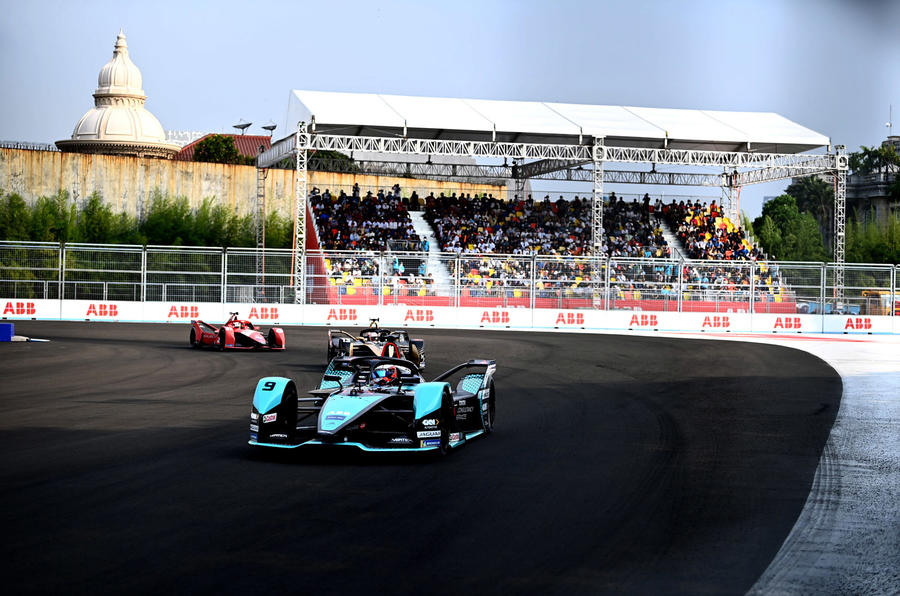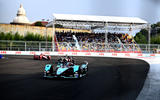Is Jaguar ready to win a Formula E title? The British car maker that boasts such an illustrious heritage in sports car racing – and another it would rather forget in Formula 1 – is six years into its campaign in the electric-powered single-seater series.
Disappointments have usually outnumbered the race wins, but in Formula E’s second season as a full-blown FIA world championship, Mitch Evans is right in the thick of it after his third victory of the year, the most of anyone, scored in sweltering Jakarta. The Kiwi is well placed to claim Jaguar’s first crown at this level since the Group C glory days of the 1980s.
Living up to its status
Formula E remains contentious and unloved by too many hardcore racing fans who are put off by everything from the EV whine to the fiddly street tracks, the perceived lack of speed to the banger-racing style of action. I’ll admit, I’ve struggled with it in the past too, particularly when an obsession with energy management resulted in ‘range anxiety racing’, as displayed most notably in the Valencia shambles last year when a bunch of cars were either disqualified or failed to finish when they exceeded their allocation. That was so harmful, especially in the series’ first year as a world championship.
But doubters should look again. This year, Formula E is living up to its world status and has moved on with confidence from the undermining loss of Audi and BMW as works teams. A fairer new qualifying format involving one-on-one duels to decide the top grid slots, lessons learned from the previous energy clangers and circuits that more consistently allow for a cleaner brand of motor racing have resulted in greater sporting authenticity. It’s always been deeply competitive and has always attracted a grid rich in talent. But when the drivers now tell you they genuinely love the cut and thrust, plus the multi-tasking technical challenge of racing in Formula E, it’s much easier to believe them.
Jakarta hits the mark














Join the debate
Add your comment
The only thing heating up in Formula E are the bloody batteries!
What a damp squid this series is.